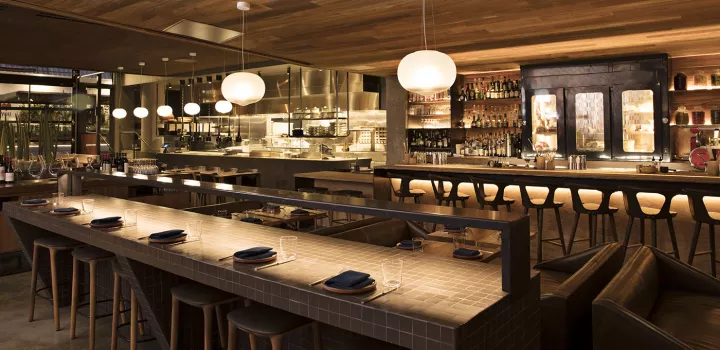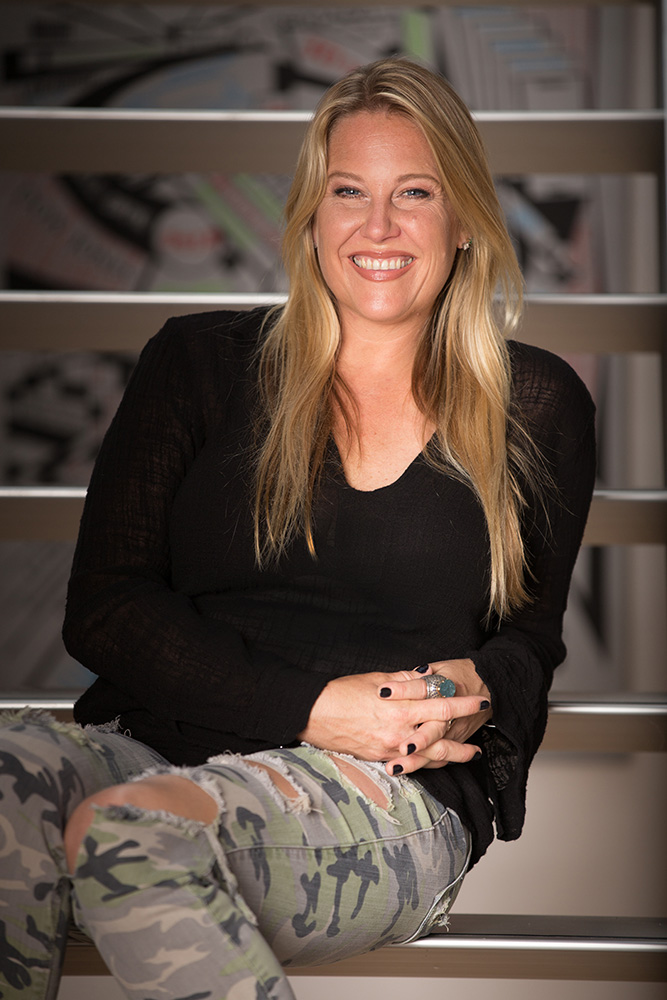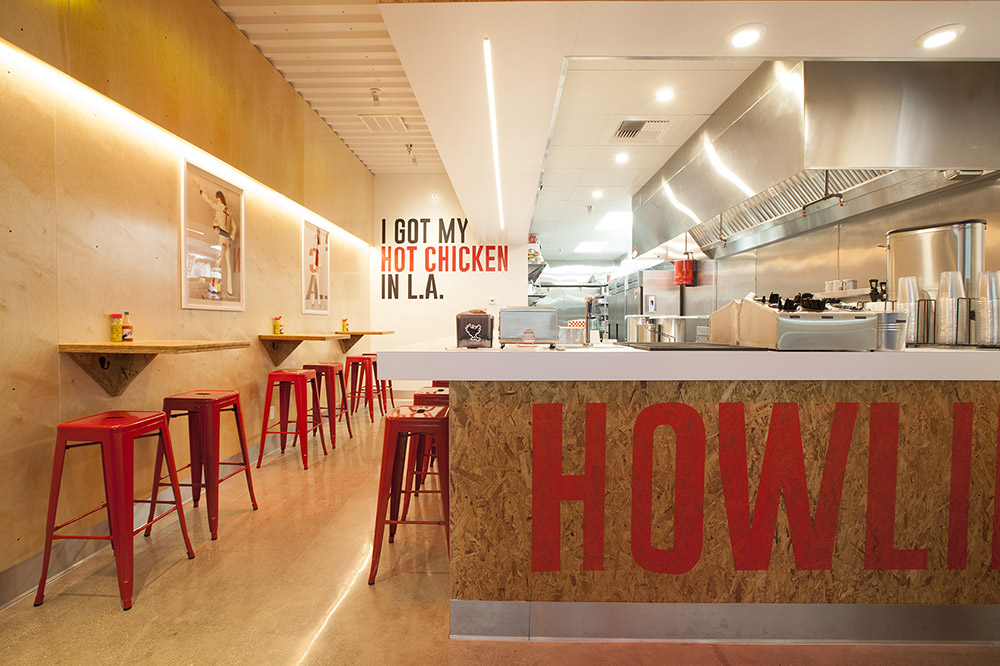
Restaurant Design Advice from a Los Angeles Expert
Alexis Readinger, founding principal of hospitality design firm Preen, Inc., visited the Institute of Culinary Education’s Los Angeles campus for a guest lecture.
Bringing a restaurant concept to life requires many important steps, one of which is creating a unique design. The Institute of Culinary Education invited Preen, Inc. Founder Alexis Readinger to speak to Restaurant & Culinary Management students at its Los Angeles campus and share the key components that can make or break restaurant design. Preen, Inc. designed such popular eateries as Tesse, which Eater named LA’s Most Beautiful Restaurant of the Year in 2018.

“Restaurants are tough business models,” Alexis explains. She goes through a process of discovery to determine what is at the core ⎯ as she describes it, the deep essence and ethos ⎯ of each brand. Initial conversations with clients are crucial, and those brand values ultimately determine a good design. Here’s Alexis’ advice for design that takes a stand in the world.
Tell Your Truth
Be clear with your brand by matching the design with the food. That doesn’t mean match the color palate of the cuisine to the walls per se, but capture the essence of the cuisine in the design. For example, Preen client Howlin’ Ray’s, a Nashville hot chicken joint in Los Angeles’ Chinatown, is bright, casual, fun and loud — much like the powerful heat that coats the chicken. Alexis explains that they created an environment that was similar to being inside the bright signage that marks the storefront and often where guests stand for more than two hours waiting for a bite.
She emphasizes that when designing a restaurant, chefs and owners should choose materials that say who they are. Howlin’ Ray’s went with plywood, corrugated metal and white Formica, which were affordable and consistent with the concept. Lighting plays an important role as well. “The lighting over the counter [at Howlin’ Ray’s] is 2400 Kelvin, much warmer than normal,” Alexis says. “Howlin’ Rays glows and feels like fried, hot chicken.”

Be Dynamic and Inclusive
Tesse is a casual French restaurant at the intersection of Sunset Boulevard and La Cienega in West Hollywood, where giant billboards advertise film, television and celebrities. Inside, the open kitchen enables guests to see the cooks working the hot line. One of the most important design tricks in Alexis’ book is granting that access to guests. This is, after all, the world of social media. “As kitchens have become more revealed, Tesse’s kitchen is directly in the dining room,” she says. The expediter works virtually next to the guests dining in the restaurant. Alexis advises disrupting traditional layouts because guests like to see what’s going on while enjoying their secure seat.
Seating style also contributes to a dynamic and inclusive experience. There are many ways to vary that experience. At Tesse, the loveseats create a social bar area and the long, intimate bar seating allows guests from the neighborhood to drop in without reservations and nibble on charcuterie.
Understand and Generate Value
Alexis emphasizes the importance of bringing value to your customer without taking anything away. One main area to invest in is sound. “Acoustics are huge,” she says. “There’s something in between total silence and cacophony that’s right for every space, and it should be considered.” Alexis guides clients to fix their existing spaces or plan for better acoustics in innovative, non-invasive ways with her mantra: “Save conversation.”
Another important way to add value is to focus on being environmentally friendly. When she designed Akasha in Culver City, California, 11 years ago, it had no incandescent lighting and was one of the first eateries in the LA area to use reclaimed wood, so the design and menu focused on sustainability.
Learn more about the business side of the industry in ICE’s Restaurant & Culinary Management program.


Add new comment